Table of Contents
Introduction to Black Holes
The universe is vast, mysterious, and filled with phenomena that challenge our understanding of the laws of physics. Among the most enigmatic and intriguing of these phenomena are black holes. These celestial entities have been the subject of countless studies, theories, and even science fiction tales. But what exactly are black holes?
Black holes are regions in space where the gravitational forces are so overpowering that nothing, not even particles of light known as photons, can escape their grasp. Imagine a vacuum cleaner so powerful that once it starts sucking something in, there’s absolutely no way for that object to resist or escape. That’s a simplistic way to think of a black hole.
The term “black hole” is aptly named because these regions are literally black. The reason for this darkness is the event horizon. The event horizon is a theoretical boundary that surrounds a black hole. It’s often described as the “point of no return.” Once an object, whether it’s a star, planet, or even a beam of light, crosses this boundary, it becomes irretrievably trapped by the black hole’s immense gravitational pull. There’s no coming back from the event horizon, hence the notion that objects or light get “sucked in” and never return.
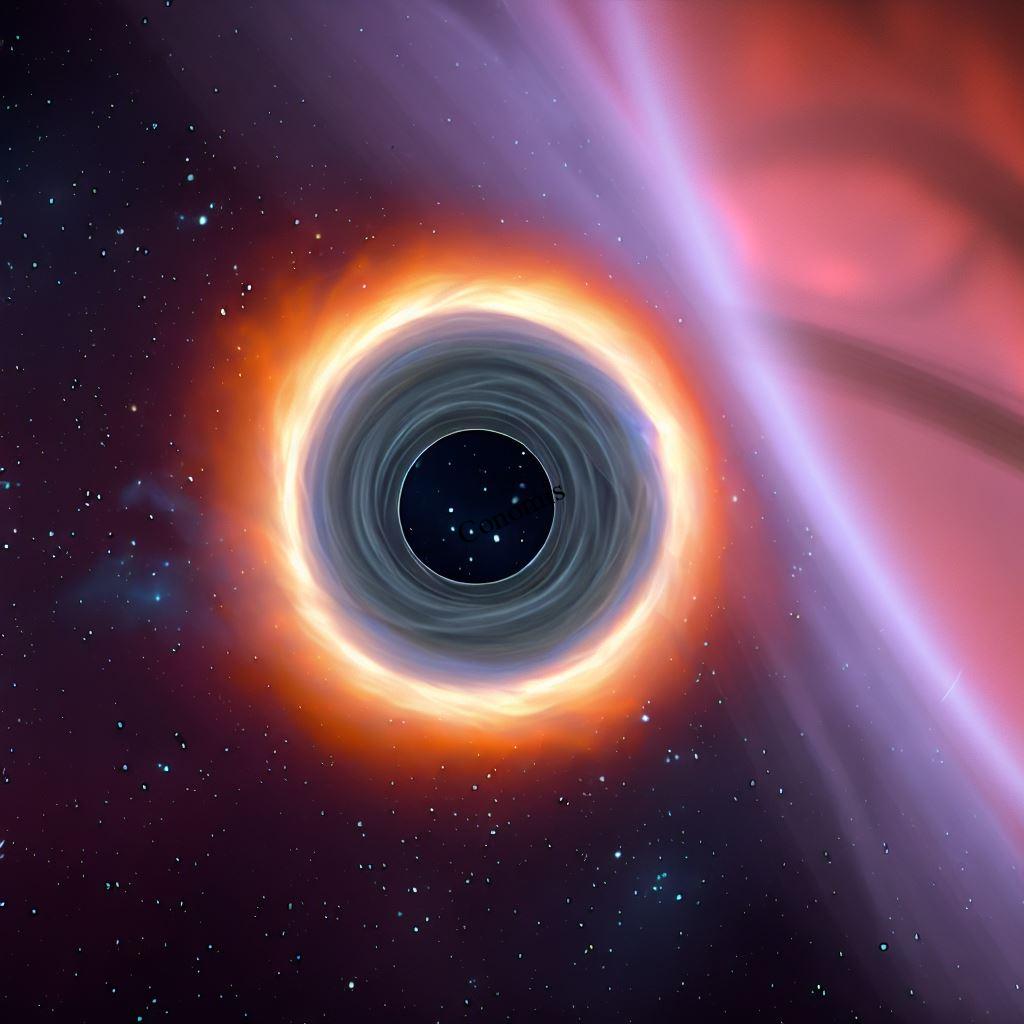
But why can’t light escape from a black hole? Light, as we know, is the fastest thing in the universe, traveling at a speed of approximately 299,792,458 meters per second in a vacuum. However, the gravitational pull of a black hole is so intense that it bends the path of light, pulling it inward. As a result, light cannot escape, and the black hole remains shrouded in darkness.
In essence, black holes are cosmic vacuum cleaners, absorbing everything that comes too close. They are a testament to the incredible forces at play in our universe and remain one of the most fascinating subjects in astrophysics.
What is an Event Horizon?
Definition and Importance of the Event Horizon
In the vast expanse of the cosmos, there are phenomena that challenge our understanding and push the boundaries of human knowledge. Among these, the concept of the event horizon associated with black holes stands out as both mysterious and awe-inspiring. But what is the event horizon, and why is it of such paramount importance in the study of black holes?
The event horizon can be best described as the “point of no return” when approaching a black hole. Imagine standing at the edge of a colossal waterfall, where the water rushes with such force and speed that anything that goes over the edge is immediately swept away, never to be seen again. This analogy captures the essence of the event horizon. Once an object, be it a star, a planet, or even a photon of light, crosses this boundary, it becomes inexorably trapped by the black hole’s overwhelming gravitational pull. There’s no escaping, no turning back, and no hope of rescue.

But why is the event horizon invisible? The event horizon itself doesn’t emit, reflect, or absorb light. It’s merely a theoretical boundary, a line in the cosmic sand, if you will. Beyond this line, the gravitational forces of the black hole become so dominant that they overcome all other forces, ensuring that nothing can escape.
The importance of the event horizon cannot be overstated. It defines the very nature of a black hole. Without the event horizon, a black hole wouldn’t be “black.” It’s this boundary that prevents light and matter from escaping, rendering the black hole invisible and enigmatic.
Understanding the event horizon is crucial for astrophysicists. It provides insights into the extreme conditions near black holes and offers a testing ground for theories of gravity and quantum mechanics. In many ways, the event horizon is a gateway to understanding some of the most profound questions about our universe.
How it relates to Black Holes
The universe is a vast tapestry of celestial wonders, and among its most enigmatic features are black holes. These cosmic entities have captured the imagination of scientists, writers, and dreamers alike. Central to understanding black holes is the concept of the event horizon. But how exactly does the event horizon relate to black holes, and why is it so significant?
At its core, the event horizon serves as the defining boundary of a black hole. It’s the ultimate line of demarcation, beyond which the gravitational forces of the black hole become so overpowering that nothing, absolutely nothing, can resist its pull. This includes particles, cosmic debris, and even the very photons that constitute light.
Now, light, as we understand it, is the fastest entity in the universe, traveling at a staggering speed of about 299,792,458 meters per second. It’s the beacon that illuminates the cosmos, allowing us to see stars, galaxies, and other celestial wonders. However, when light approaches a black hole and reaches its event horizon, a dramatic change occurs. The gravitational pull of the black hole bends and distorts the path of these photons to such an extent that they are drawn inward, never to emerge again.
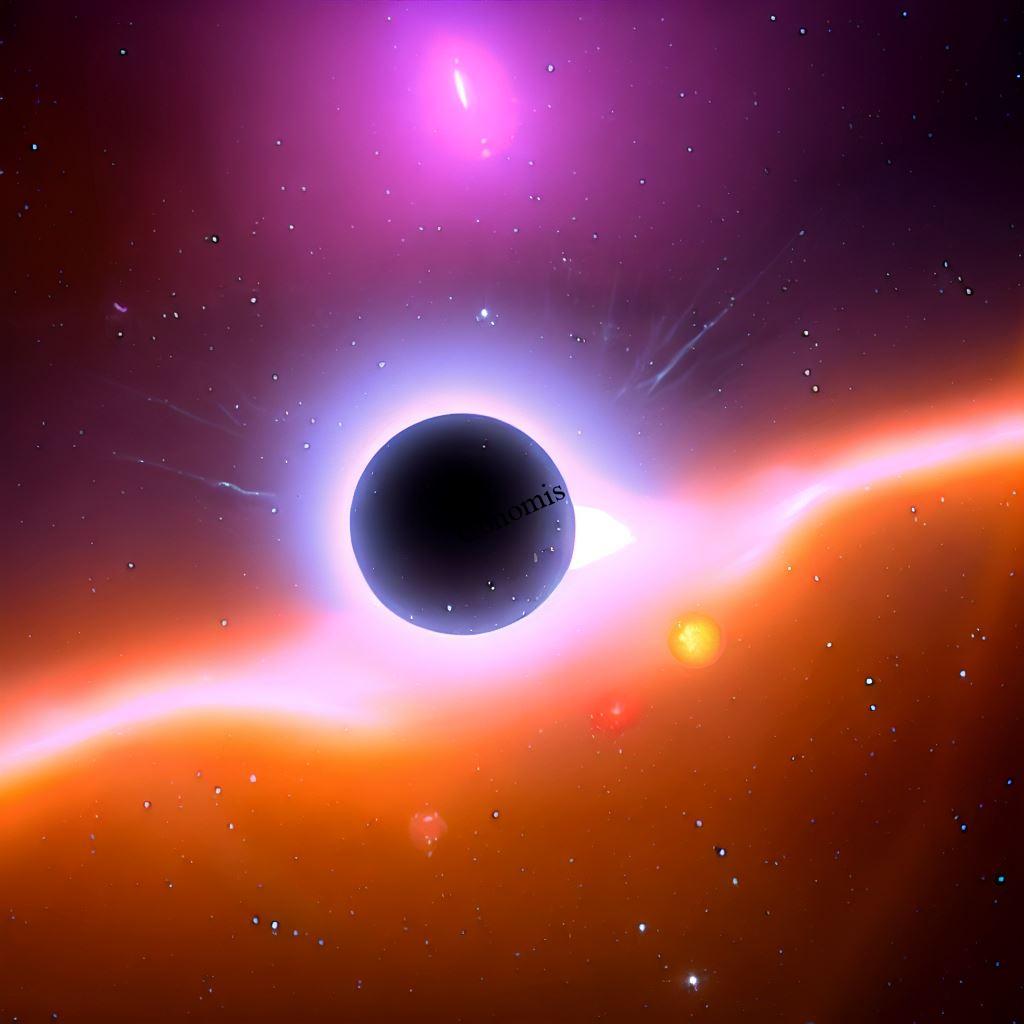
This phenomenon is precisely why black holes appear “black.” The event horizon acts as a cosmic cloak, shrouding the black hole in an impenetrable veil of darkness. Without the event horizon, black holes might not have remained the mysterious entities they are today. They would be detectable through the light they emit or reflect. But the event horizon ensures that black holes remain hidden, revealing themselves only through their immense gravitational effects on surrounding matter.
In essence, the event horizon is the heart of the mystery surrounding black holes. It’s the key to their invisibility, their allure, and their power. Without the event horizon, our understanding of black holes, and indeed the very fabric of the cosmos, would be vastly different.
Understanding Singularity
The Core of a Black Hole: Understanding the Singularity
The universe, with its vast expanse and myriad celestial phenomena, is a place of wonder and mystery. Among its most perplexing entities are black holes. While the outer boundary, the event horizon, of a black hole garners much attention, it’s the very heart of a black hole that holds the deepest secrets. This heart is known as the singularity.
The singularity is situated at the very center of a black hole. But what is it exactly? The term “singularity” might sound abstract, but its implications are profound. It represents a point in space where gravity crushes matter into an infinitely small volume, creating densities that are, for all intents and purposes, infinite.
To grasp the sheer density of a singularity, consider this analogy: Imagine taking the entire mass of our Earth, with all its mountains, oceans, and continents, and compressing it down to a size smaller than the head of a pin. It’s an almost inconceivable concept, but that’s the kind of density we’re talking about when we refer to the singularity.

Such extreme conditions challenge our current understanding of physics. In the realm of the singularity, the well-understood laws of classical physics break down, and the strange and counterintuitive rules of quantum mechanics take over. This intersection of general relativity and quantum mechanics creates a conundrum that scientists are still striving to unravel.
The existence of the singularity raises numerous questions. What happens to matter when it reaches this point? How can something be infinitely dense? These are questions that have puzzled scientists for decades and are at the forefront of modern astrophysics.
In conclusion, while black holes as a whole are subjects of intense study and fascination, it’s the singularity at their core that truly epitomizes the enigma they represent. As we continue our quest for knowledge, the singularity stands as a testament to the universe’s endless capacity to awe and mystify.
Theories Surrounding Singularity: Portals, Dimensions, and Beyond
The universe, in all its vastness and complexity, is filled with phenomena that challenge our understanding and push the boundaries of human knowledge. Among the most enigmatic of these phenomena is the singularity, the heart of a black hole. While we’ve made significant strides in understanding the cosmos, singularities remain shrouded in mystery, giving rise to numerous theories and speculations.
At its core, a singularity is a point where densities become infinite, and the laws of physics as we know them break down. It’s a region where our current understanding of space and time ceases to apply, and new, often counterintuitive, rules emerge. This perplexing nature of singularities has led scientists and theorists to postulate various hypotheses about their true nature and implications.
One of the most captivating theories surrounding singularities is the idea that they could act as gateways or portals to other universes or dimensions. Imagine, for a moment, that our universe is just one of many, part of a vast multiverse. Singularities, in this context, could be the bridges connecting these parallel universes. Crossing through a singularity might transport you to an entirely different realm, with its own set of physical laws and cosmic structures.

Another intriguing theory posits that singularities could be regions where the fabric of space-time is so warped and twisted that entirely new dimensions emerge. These wouldn’t be the three spatial dimensions and one-time dimension we’re familiar with, but entirely new dimensions that we can’t currently perceive or comprehend.
It’s important to note that these theories, while fascinating, are still in the realm of speculation. Our current technological limitations prevent us from probing singularities directly. However, as our tools and understanding evolve, we might one day unlock the secrets they hold.
In conclusion, while we’ve made incredible advancements in understanding the cosmos, singularities remind us that there’s still much we don’t know. The theories surrounding them not only challenge our understanding but also ignite our imagination, pushing us to explore the very limits of the possible.
Types of Black Holes
Stellar-mass Black Holes
The universe is a vast expanse filled with wonders that often defy our understanding. Among its many marvels are black holes, mysterious entities that have intrigued scientists and enthusiasts alike. One particular type of black hole that stands out is the stellar-mass black hole.
Stellar-mass black holes are born from the dramatic deaths of massive stars. When such a star exhausts its nuclear fuel, it can no longer support its own weight against the force of gravity. This leads to a catastrophic collapse, resulting in a supernova explosion. The remnants of this explosion, under the right conditions, can give birth to a stellar-mass black hole.
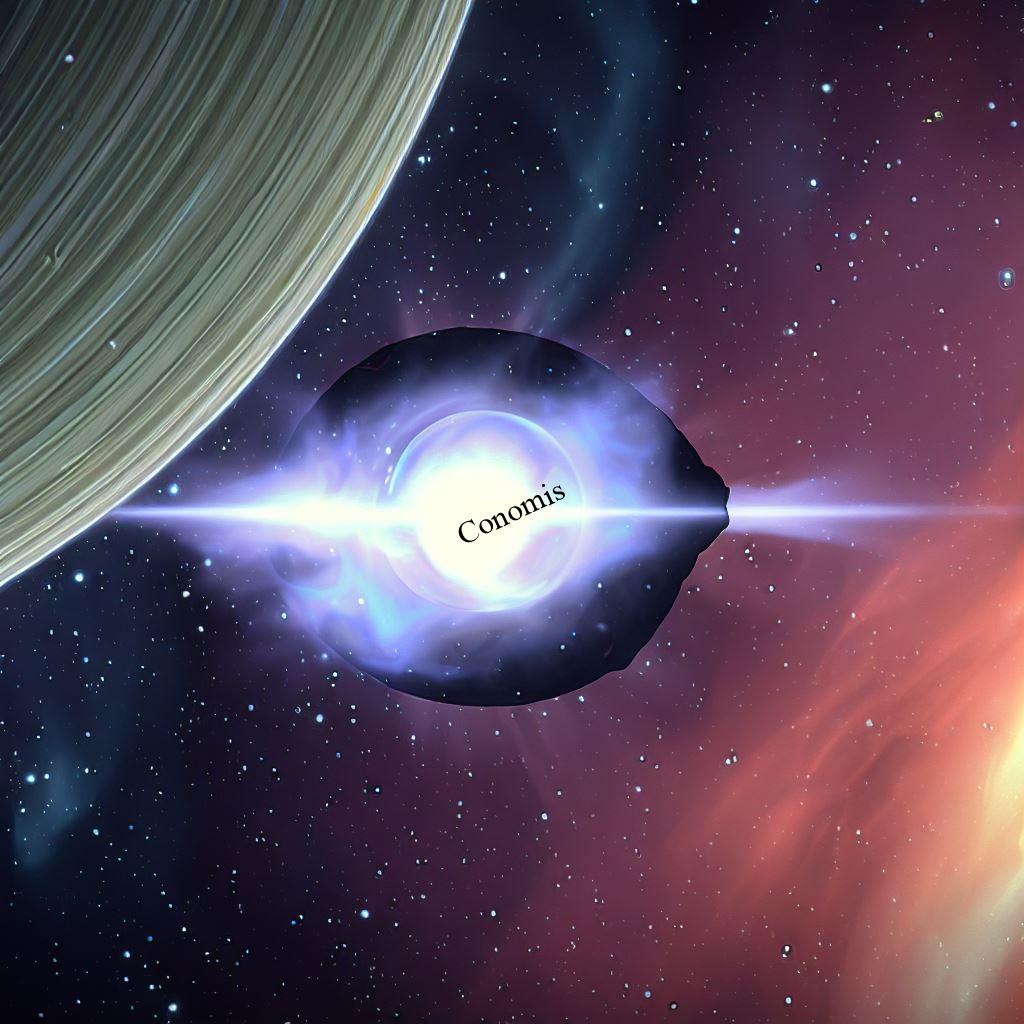
What’s truly astonishing about these black holes is their size in relation to their mass. They can possess a mass up to 20 times greater than that of our Sun. Yet, despite this immense mass, they can be incredibly compact. Imagine squeezing an object with 20 times the mass of the Sun into a space no larger than a city! It’s a testament to the incredible densities and gravitational forces at play.
In essence, stellar-mass black holes are cosmic paradoxes: incredibly massive, yet astonishingly compact. They serve as a reminder of the incredible forces and phenomena that shape our universe.
Intermediate-mass Black Holes
In the vast cosmic tapestry, black holes stand as some of the most enigmatic and powerful entities. While we often hear about the smaller stellar-mass black holes and the supermassive giants at the centers of galaxies, there exists a middle ground that is less understood but equally fascinating: the intermediate-mass black holes.
Intermediate-mass black holes are a rarity in the universe. They occupy a mass range that is significantly larger than stellar-mass black holes but smaller than their supermassive counterparts. Specifically, these black holes can weigh thousands of times more than our Sun, making them formidable forces in the cosmos.
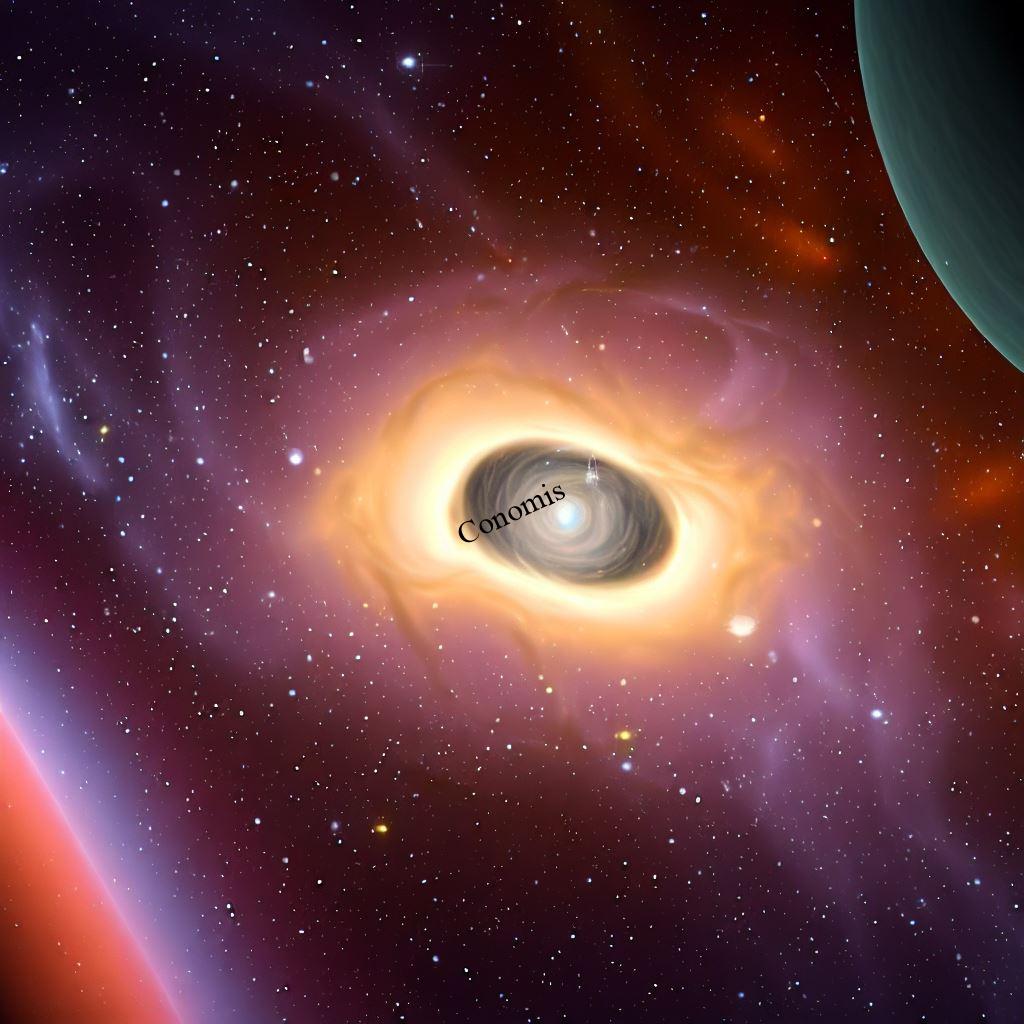
But how do these intermediate giants come into existence? One prevailing theory is that they are birthed from the cataclysmic collisions of smaller black holes. When two stellar-mass black holes merge, they can produce a larger black hole that fits into the intermediate-mass category. These cosmic mergers release tremendous amounts of energy and send gravitational waves rippling through the fabric of space-time.
In conclusion, intermediate-mass black holes, with their elusive nature and immense power, offer a tantalizing puzzle for astrophysicists. As we continue to explore the universe, uncovering the mysteries of these black holes will undoubtedly shed light on the intricate dynamics of our cosmos.
The Event Horizon Telescope (EHT)
Purpose and Function of the EHT: Illuminating the Shadows of the Universe
In our quest to understand the universe, technology has often been the beacon that guides our exploration. One such marvel of modern technology is the Event Horizon Telescope, commonly known as the EHT. But what is its purpose, and why is it so groundbreaking?
The EHT is not just a single telescope but a global network of observatories, collaboratively working in unison. Its primary mission? To peer into the very edges of black holes and capture their images, a feat previously thought to be impossible due to the immense gravitational pull of black holes that even light cannot escape from.
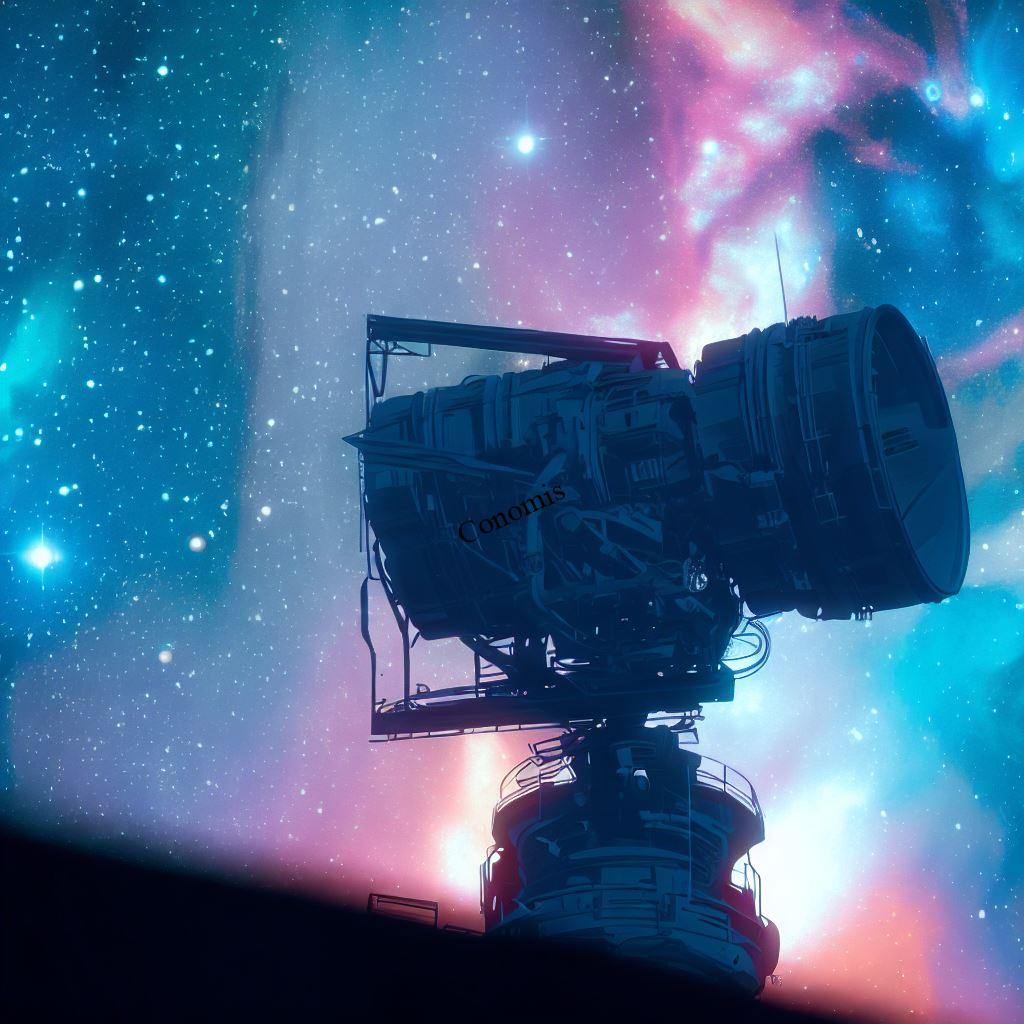
The significance of the EHT was globally recognized when it achieved the seemingly impossible: capturing the first-ever image of a black hole. This historic image, showcasing a glowing ring of light surrounding a dark center, was a visual confirmation of what was previously only understood in theoretical terms. Thanks to the EHT, the world got its first glimpse of the shadow of a black hole, turning abstract equations into tangible reality.
In essence, the EHT serves as a testament to human ingenuity and our relentless pursuit of knowledge, bridging the gap between theory and observation in the vast cosmos.
Discoveries Made by the EHT: Unraveling the Mysteries of Black Holes
The cosmos, with its vast expanse and myriad mysteries, has always beckoned humanity to explore and understand its depths. Central to this exploration are the tools and instruments we develop, and among the most groundbreaking is the Event Horizon Telescope (EHT).
The EHT, a global network of telescopes, has been at the forefront of black hole research. Its primary achievement, capturing the first-ever image of a black hole, was a monumental step in astrophysics. This image not only provided visual evidence of these enigmatic entities but also offered invaluable insights into their nature and behavior.
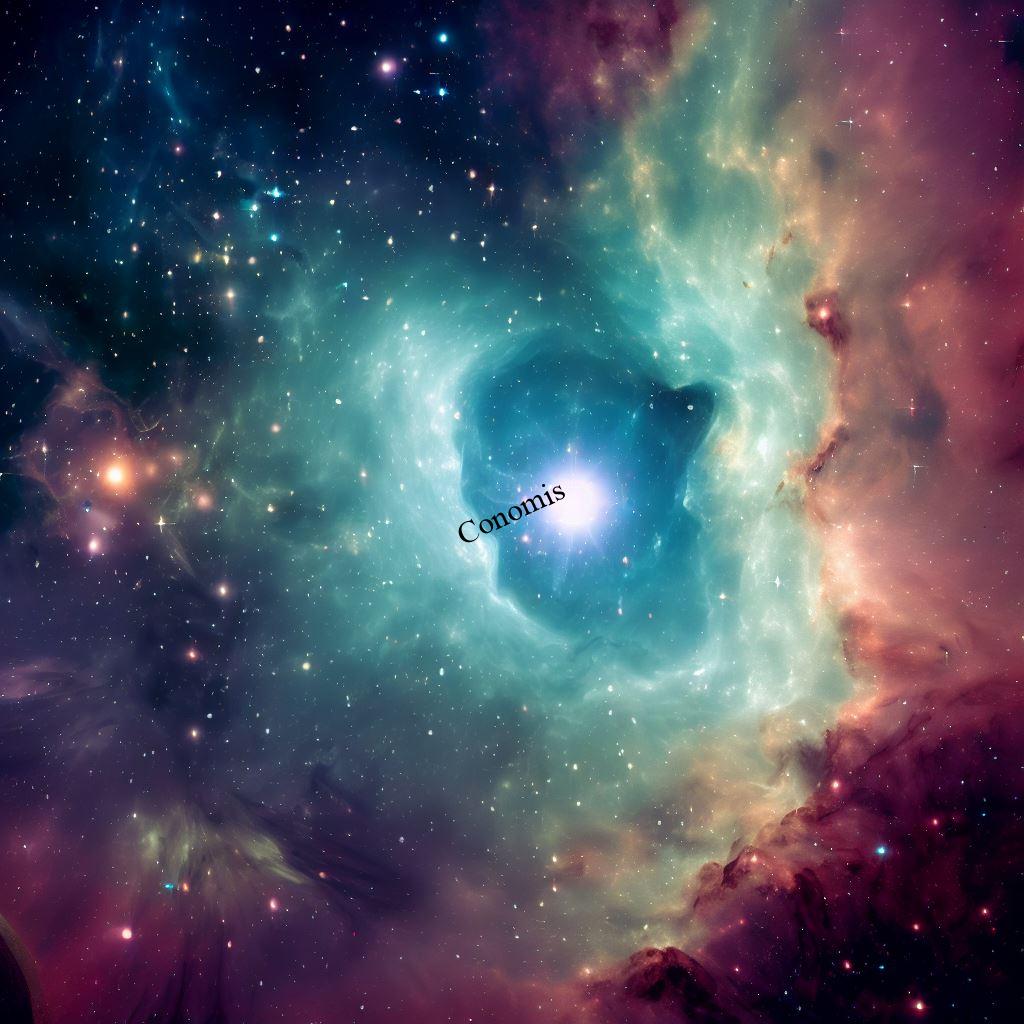
Through the data collected by the EHT, many of our longstanding theories about black holes have been confirmed. For instance, the observed ring of light around the black hole’s shadow aligned with predictions made by Einstein’s theory of general relativity. However, the EHT’s observations have also posed challenges, prompting scientists to revisit and refine their understanding.
Furthermore, the EHT’s findings have opened up new avenues of research, from studying the dynamics of matter near the event horizon to understanding the role of magnetic fields around black holes.
In summary, the discoveries made by the EHT have enriched our understanding of the universe, reaffirming some theories while pushing the boundaries of others, in the ever-evolving journey of cosmic exploration.
The Role of AI and ML in Black Hole Research
Predictive Analysis
In the modern era of astrophysics, the sheer volume of data generated by observatories and telescopes is staggering. This data, often complex and multifaceted, holds the keys to understanding some of the universe’s most profound mysteries, including black holes. However, manually analyzing this data is a monumental task, often taking years and even decades. Enter the revolutionary fields of Artificial Intelligence (AI) and Machine Learning (ML).
AI and ML are subsets of computer science that focus on creating systems capable of processing information, learning from it, and making decisions or predictions based on that knowledge. In the context of black hole research, these technologies offer transformative potential.
Predictive analysis, a cornerstone application of AI and ML, involves using historical data to forecast future outcomes. When applied to astrophysical data, AI and ML algorithms can sift through vast datasets, identifying patterns and anomalies that might be indicative of black hole activity or behavior. These algorithms can process and analyze data at speeds incomprehensible to humans, turning tasks that would take years into ones that take mere minutes or hours.

For instance, by analyzing the light curves from distant stars, AI can predict the presence of a black hole based on the gravitational lensing effect or the way light bends around massive objects. Similarly, ML models can be trained on known black hole signatures, allowing them to predict with high accuracy the likelihood of black hole activity in new, unanalyzed data.
Furthermore, as these algorithms learn and evolve, their predictions become increasingly accurate, refining our understanding of black holes and potentially uncovering phenomena that we haven’t even considered.
In conclusion, the marriage of AI and ML with astrophysics represents a paradigm shift in how we approach cosmic research. Through predictive analysis, we’re not just looking at the universe; we’re foreseeing its secrets, bringing the mysteries of black holes closer to revelation.
Data Interpretation: Deciphering the Cosmic Puzzle with Advanced Technologies
The universe, with its vastness and complexity, presents a treasure trove of data waiting to be deciphered. Telescopes, both ground-based and spaceborne, continuously capture a wealth of information, from light spectra to radiation signatures. Among the most enigmatic subjects of this data collection are black holes, celestial entities that have long captivated our curiosity. However, the data related to black holes is often intricate and multifaceted, requiring sophisticated tools for interpretation.
Enter the realm of advanced technologies, particularly Artificial Intelligence (AI) and Machine Learning (ML). These technologies have revolutionized numerous fields, and their application in astrophysics, especially in data interpretation, is transformative.
Black holes, by their very nature, don’t emit light. However, their immense gravitational influence affects nearby celestial bodies and radiation, producing detectable signals. Telescopes capture these signals, but interpreting them to derive meaningful insights about the black hole’s properties, such as its mass, spin, and charge, is a challenging task.
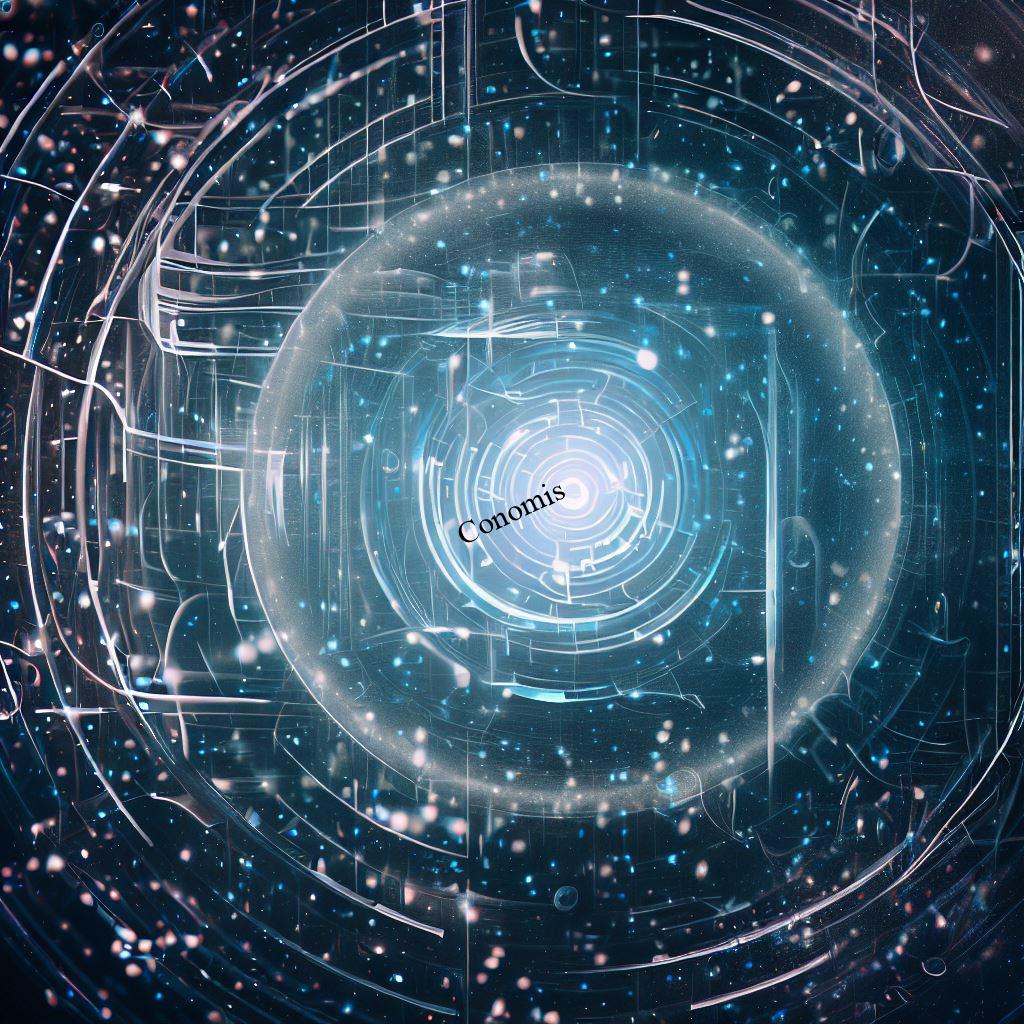
AI and ML algorithms excel in this domain. They can process vast datasets, identifying patterns and correlations that might be imperceptible to the human eye. For instance, an AI algorithm can analyze the light curve of a star orbiting a black hole, determining the black hole’s mass based on the star’s orbital characteristics. Similarly, ML models can be trained on known radiation signatures associated with black hole accretion disks, allowing them to identify similar patterns in new data.
Beyond mere identification, these technologies also assist in visualization. They can transform raw data into visual models, giving researchers a clearer, more intuitive picture of the environment around black holes. This visual representation aids in hypothesis formulation, testing, and validation.
In essence, AI and ML serve as the bridge between raw cosmic data and human understanding. Through data interpretation, they demystify the complex signals from the universe, bringing us a step closer to unraveling the enigmas of black holes and the cosmos at large.
Quantum Computing and Black Holes
How Quantum Computing Can Help: Simulating the Enigma of Black Holes
The universe is a complex tapestry of phenomena, and among its most mysterious entities are black holes. Understanding these cosmic giants requires not only observational data but also theoretical simulations. Traditional computers, despite their advancements, have limitations when it comes to simulating certain quantum behaviors associated with black holes. This is where quantum computing enters the scene, promising a revolution in our approach to understanding these celestial mysteries.
Quantum computing is a cutting-edge field of technology that harnesses the principles of quantum mechanics, the fundamental theory in physics that describes the behaviors of matter and energy on the smallest scales. Unlike classical computers that use bits (0s and 1s) to process information, quantum computers use quantum bits or qubits. These qubits can exist in a state of 0, 1, or both simultaneously, thanks to the principle of superposition. This unique property allows quantum computers to perform multiple calculations at once, providing an exponential increase in computational power.
When applied to the study of black holes, this immense computational capability becomes invaluable. Black holes, by their very nature, are governed by both general relativity (describing their large-scale behaviors) and quantum mechanics (describing behaviors at the event horizon and singularity). Simulating a scenario where both these theories interact is computationally intensive and beyond the reach of classical computers.
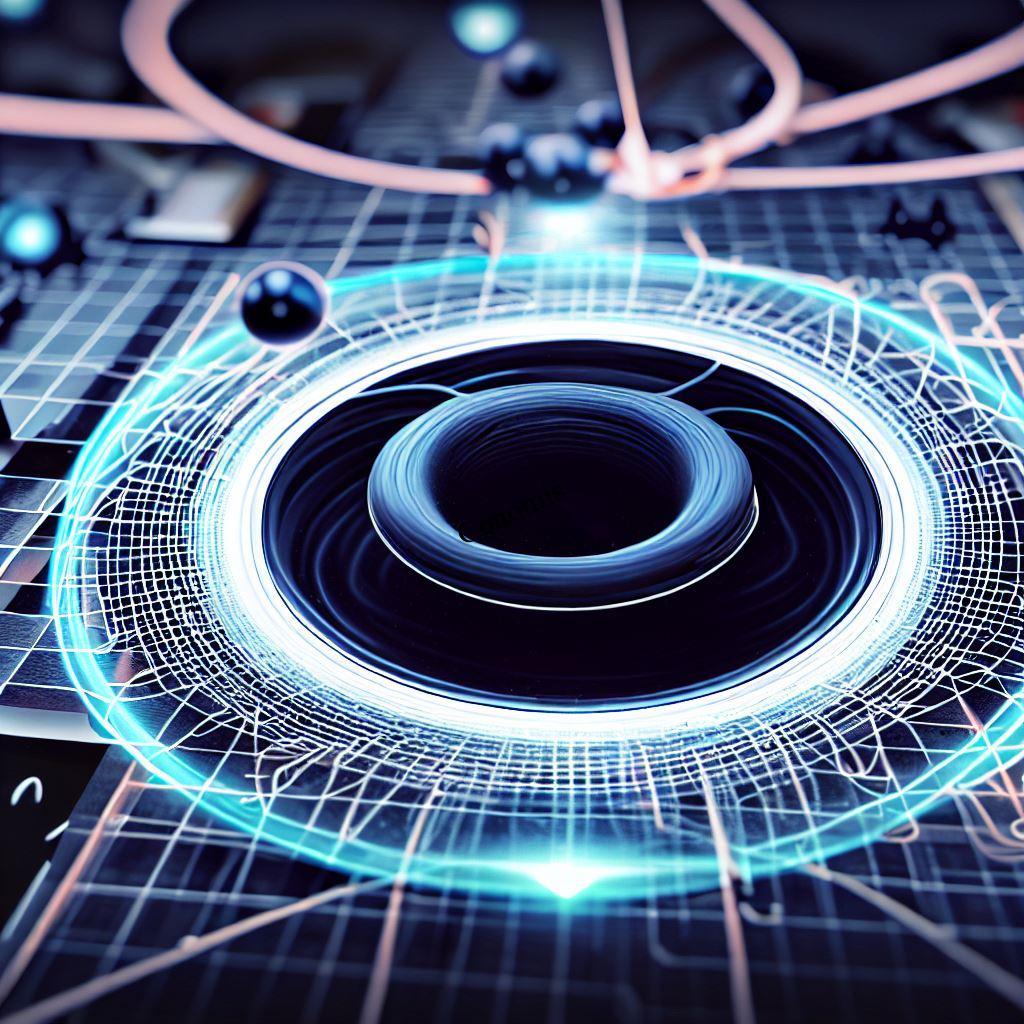
With quantum computing, we can create detailed simulations of black hole behaviors, especially near the event horizon where quantum effects become significant. These simulations can help us understand phenomena like Hawking radiation, a theoretical prediction that black holes can emit radiation due to quantum mechanical effects.
Moreover, quantum simulations can provide insights into the information paradox associated with black holes, exploring questions about the fate of information that falls into a black hole.
In conclusion, quantum computing, with its unparalleled computational prowess, offers a beacon of hope in our quest to understand black holes. By simulating the intricate dance of relativity and quantum mechanics, it brings us closer to deciphering the enigma of these cosmic giants.
Future Implications: The Dawn of a New Era in Black Hole Research with Quantum Computing
The universe, in all its grandeur and complexity, has always posed questions that challenge the limits of human understanding. Central to these mysteries are black holes, entities that defy conventional wisdom and push the boundaries of our scientific theories. As we stand on the cusp of a new era in computational power with quantum computing, the future implications for our understanding of black holes and the broader universe are profound.
Quantum computing, a field that leverages the principles of quantum mechanics, promises computational capabilities far surpassing those of classical computers. Unlike traditional computing, which relies on bits, quantum computing uses qubits, allowing for simultaneous calculations and an exponential increase in processing power. This leap in computational ability is not just incremental; it’s transformative.
As this technology matures, its application to astrophysics, particularly in the realm of black hole research, could lead to groundbreaking discoveries. Black holes, being at the intersection of general relativity and quantum mechanics, present scenarios that are incredibly complex to simulate on classical computers. Quantum computers, with their enhanced capabilities, can model these scenarios with greater accuracy and detail.
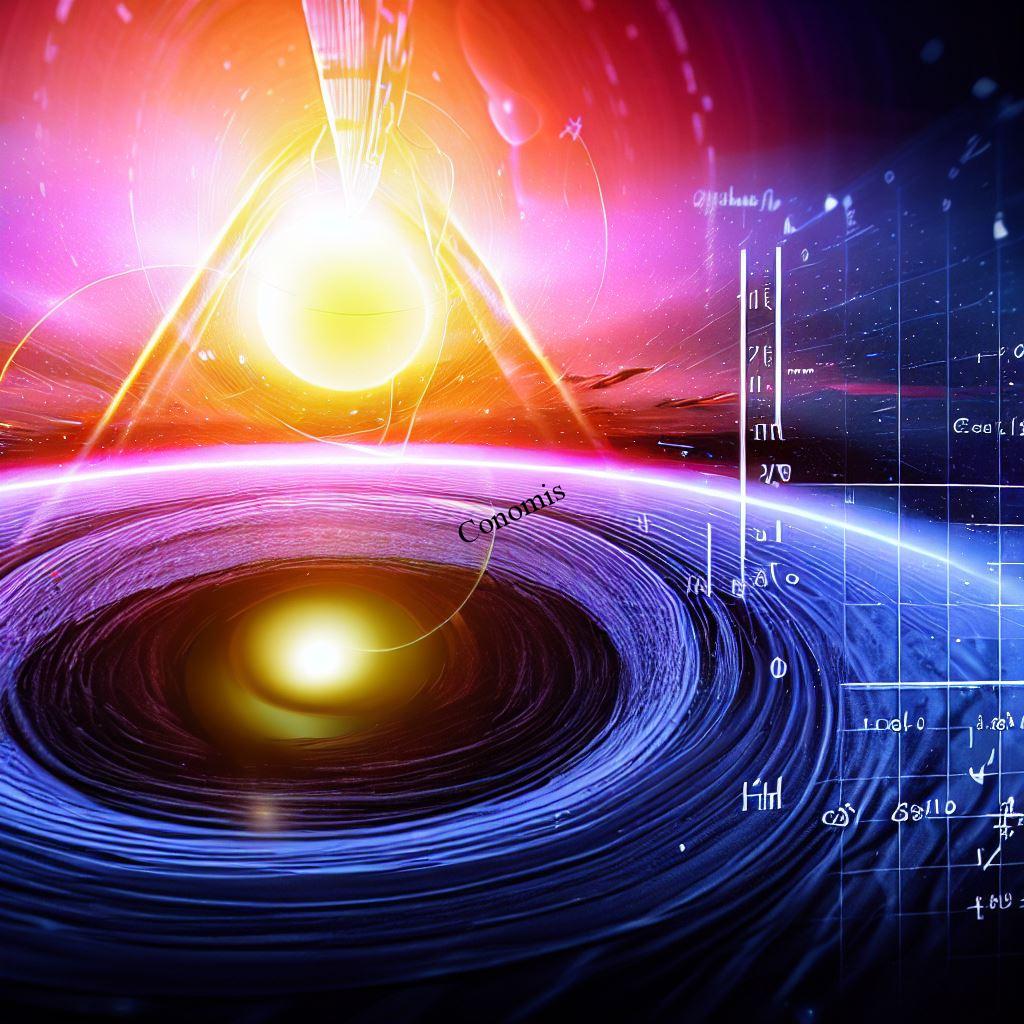
Imagine being able to simulate the environment near the event horizon of a black hole, understanding the interplay of gravitational forces and quantum effects. Or delving into the heart of the singularity, where our current theories break down, in search of new insights and principles.
Furthermore, as quantum computing aids in deciphering the mysteries of black holes, it could also shed light on broader questions about our universe. Concepts like dark matter, dark energy, and the very origins of the cosmos might become clearer as we harness the power of quantum simulations.
In essence, the advancement of quantum computing signifies more than just technological progress; it represents a beacon of hope for our quest to understand the deepest mysteries of the universe. As we look to the future, we might indeed be on the brink of revelations that reshape our understanding of existence itself.
Conclusion: The Ongoing Quest to Understand Black Holes
Throughout history, the cosmos has been a source of wonder, inspiration, and profound curiosity. Among its vast array of celestial bodies and phenomena, black holes stand out as one of the most enigmatic and captivating subjects. These cosmic entities, characterized by their immense gravitational pull and the ability to warp the very fabric of space-time, have long been a focal point of both scientific inquiry and popular imagination.
Black holes, by their very nature, challenge our understanding of the universe. Their event horizons cloak them in mystery, and their singularities, where densities become infinite, push the boundaries of our current physical theories. They are paradoxes, representing regions of space where our understanding of physics both peaks and breaks down.
Yet, as enigmatic as they are, our relentless human spirit and thirst for knowledge drive us to understand them. With each passing decade, technological advancements have provided us with better tools and methods to study these cosmic giants. From radio telescopes capturing their shadows to quantum computers simulating their behaviors, our arsenal of tools is continuously expanding.
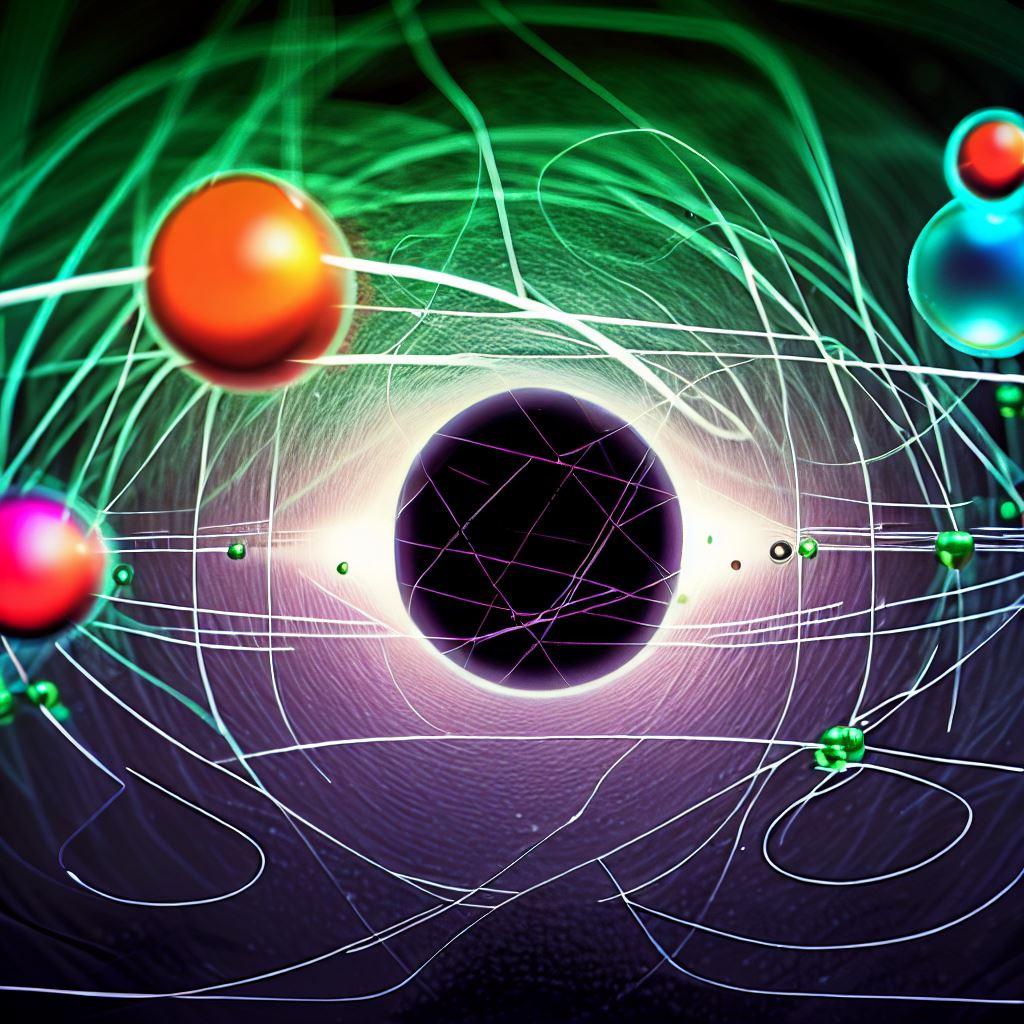
As we stand in the 21st century, the convergence of various technologies, especially in the realms of artificial intelligence, quantum computing, and advanced astrophysics, promises a future where our understanding of black holes will deepen. Each discovery, each observation, and each simulation brings with it a piece of the puzzle, helping us construct a clearer picture of these celestial enigmas.
In conclusion, the journey to understand black holes is emblematic of humanity’s broader quest to understand the universe. It’s a journey filled with challenges, surprises, and moments of awe. Black holes, with all their mysteries, serve as a reminder of the vastness of the universe and the endless possibilities it holds. As we continue this exploration, one can’t help but wonder: What revelations await us on the horizon?
FAQs
What happens inside a black hole?
The truth is, we don’t know for sure. Theories range from singularities to portals to other dimensions.
Can we ever travel through a black hole?
With our current understanding and technology, it’s deemed impossible. The gravitational forces would tear anything apart.
How are black holes detected?
Through indirect methods like observing the effect of their gravitational forces on nearby celestial bodies and light.
What’s the difference between AI and quantum computing in black hole research?
AI and ML help in data analysis and predictions, while quantum computing can simulate black hole behaviors.
Will the EHT capture more images of black holes?
Yes, the EHT continues its research and aims to capture more detailed images in the future.
You Can Also Read
https://www.space.com/black-holes-event-horizon-explained.html
https://eventhorizontelescope.org/blog/astronomers-reveal-first-image-black-hole-heart-our-galaxy
https://www.primevideo.com/detail/Interstellar/0GURDFFNEFFK5UUUGQ3JT3HN1T
Conomis Thoughts
![]() Copyright 2023 CONOMIS
Copyright 2023 CONOMIS

